AI Art Prompts: A Guide to Creating and Generating Ideas
AI art is a rapidly growing field that combines the power of artificial intelligence with the creativity of human artists. One of the key components of creating AI art is the use of prompts, which provide the AI with the necessary information to generate an image. In this blog post, we'll explore how to create good prompts for AI art generators manually, discuss some popular AI art prompt generators, and provide some ideas for prompts.
1. How to Create a Good Prompt for AI Art Generator Manually
A good prompt is essential for generating high-quality and visually accurate AI art. Here are some tips for creating effective prompts for AI art generators:
Be specific: The more specific your prompt, the more likely it is that the AI will generate an image that closely matches your desired output. For example, instead of simply saying "a cat," you could say "a black and white cat sitting on a windowsill." This level of specificity helps the AI understand exactly what you're looking for and generate an image that meets your expectations.
Example:
Prompt:Castle, cinematic, detailed, atmospheric, epic, concept art, matte painting, background mountains, shafts of lighting, mist, photorealistic, concept art, cinematic.
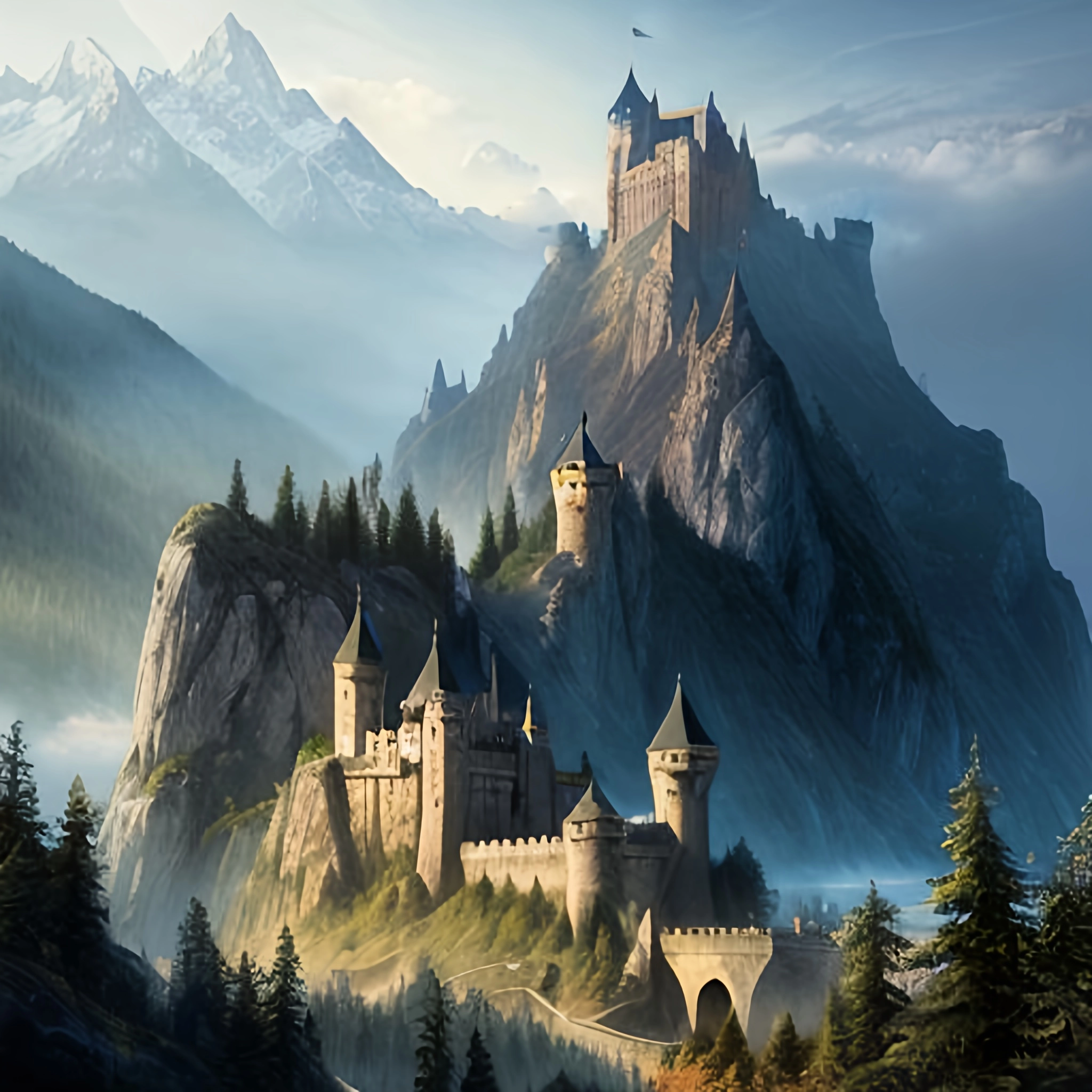
Use reference images: If you have a specific image in mind that you'd like to create variations of, you can provide the AI with a high-quality reference image. This can help the AI understand the style, composition, and other visual elements that you're looking for in your final image. You can either change the whole image or change part of it (inpainting)
Example for inpainting:
Original image
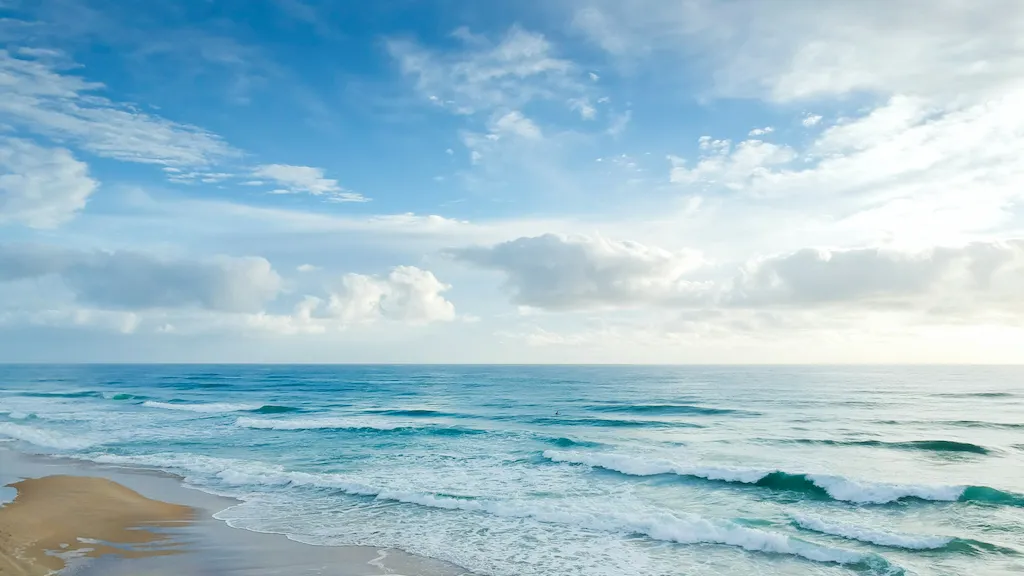
Variation 1: Tropical touch
Done by selecting several places on image and replacing using prompt

Variation 2: Heavy storm is coming
Selected all the skies part
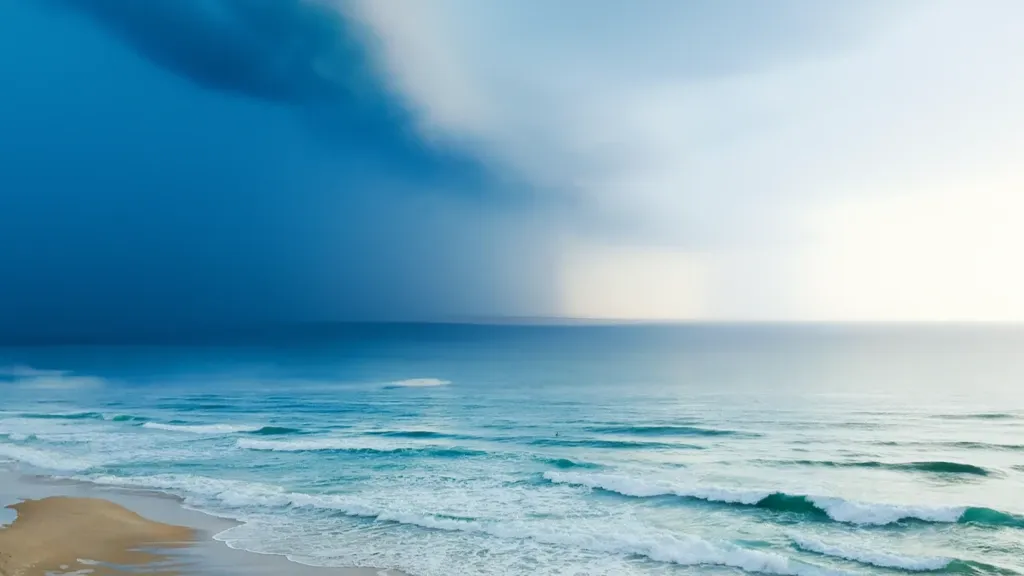
Provide context and negative prompts if needed: Providing additional context and negative prompts (i.e., things you don't want in the image) can help the AI generate a more accurate image. For example, if you're creating a prompt for a landscape painting, you could provide additional context by specifying the time of day or season. You could also use negative prompts to exclude certain elements from the image (e.g., "no buildings" or "no people").
Example:
Prompt:highly detailed beautiful face woman , red velvet dress, standing in front of a window with a view of the countryside. portrait orientation, warm lighting, soft focus.
negative Prompt:Double heads, Freckles, headphones, wires, NSFW, nudity, 2 heads, 2 faces, cropped image, out of frame, deformed hands, twisted fingers, double image, malformed hands, multiple heads, extra limb, ugly, poorly drawn hands, missing limb, disfigured, cut off, ugly, grain, low res, deformed, blurry, bad anatomy, disfigured, poorly drawn face, mutation, mutated, floating limbs, disconnected limbs, disgusting, poorly drawn, mutilated, mangled, extra fingers, duplicate artifacts, missing arms, mutated hands, mutilated hands, cloned face, malformed
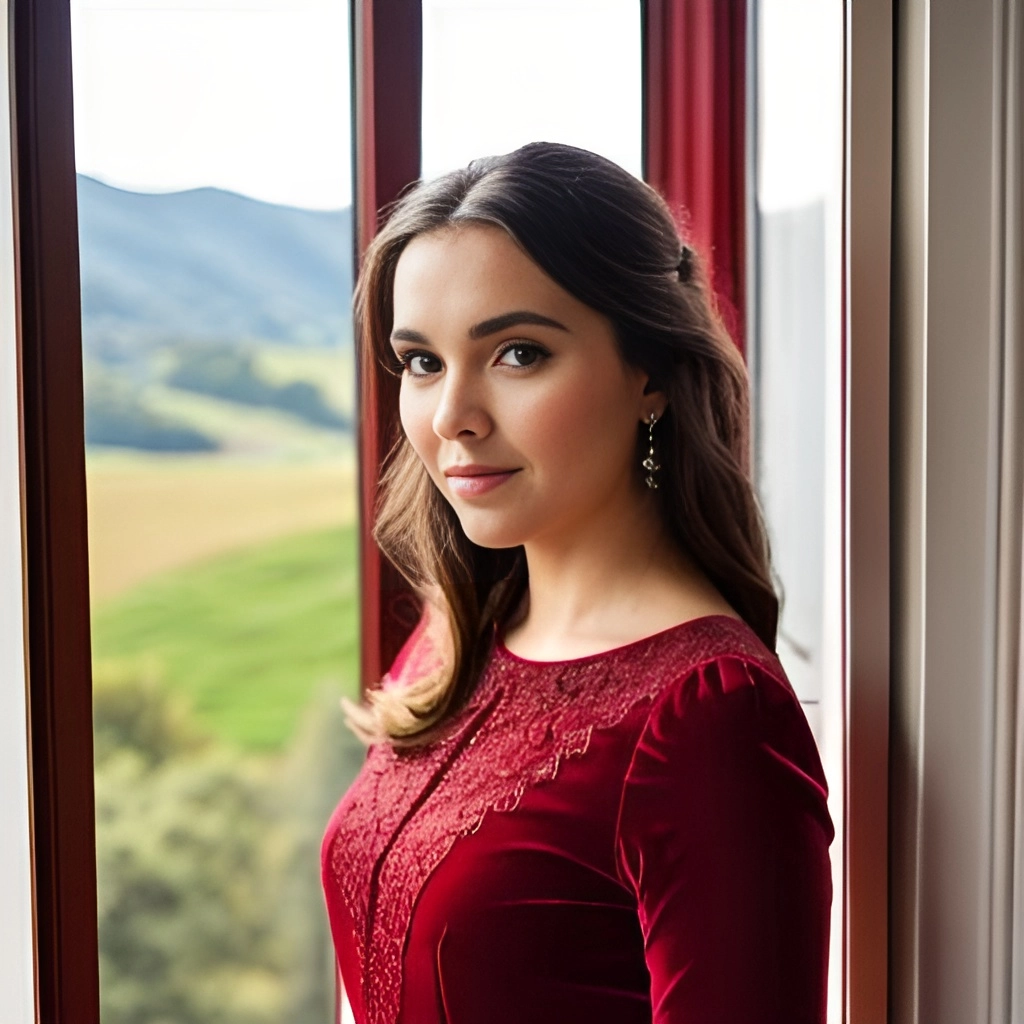
Use Outpainting to extend the creativity of an image beyond its original borders: Outpainting is a technique that allows you to expand images beyond their original borders using artificial intelligence (AI) and text prompts. With outpainting, you can create new elements or scenes outside the original picture by generating content that matches the art style and colors of the existing image. Outpainting takes into account the image’s existing visual elements—including shadows, reflections, and textures—to maintain the context of the original image. This feature is available in AI systems such as DALL·E and can be used to create large-scale images in any aspect ratio.
Example:
Same image outpainted:
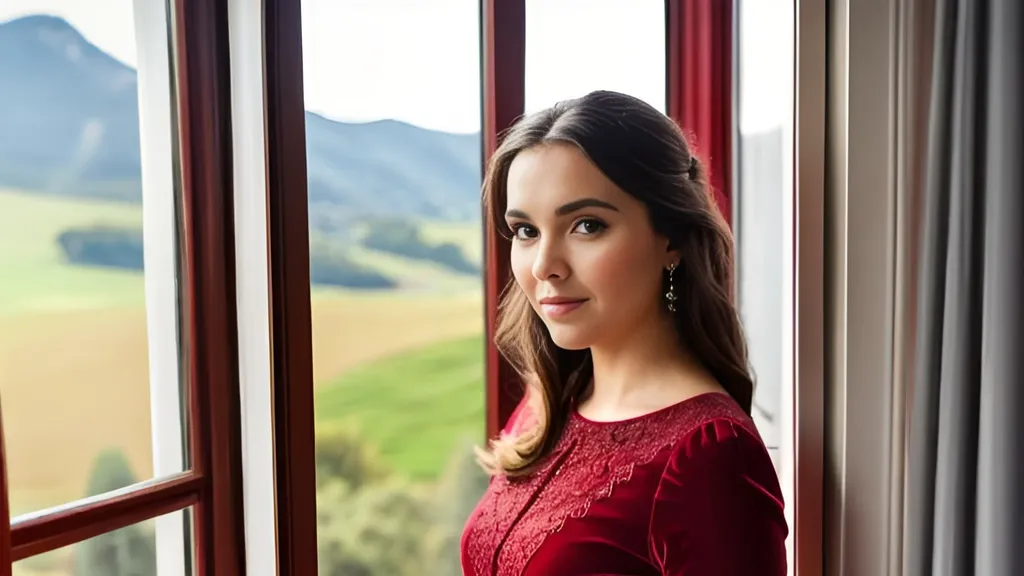 A good prompt must contain a noun, adjective, and verb to create an interesting subject: A good prompt should include at least 3 to 7 words and contain a noun, adjective, and verb to create an interesting subject. For example, instead of simply saying "a cat," you could say "a black cat lounging in the sun."
A good prompt must contain a noun, adjective, and verb to create an interesting subject: A good prompt should include at least 3 to 7 words and contain a noun, adjective, and verb to create an interesting subject. For example, instead of simply saying "a cat," you could say "a black cat lounging in the sun."
Use multiple adjectives to infuse multiple feelings into the artwork: Using multiple adjectives in your prompt can help infuse multiple feelings into the artwork. For example, instead of simply saying "a happy dog," you could say "a joyful, playful dog bounding through a field."
By following these tips and guidelines, you can create effective prompts that will help you generate high-quality AI art that meets your creative vision.
2. AI Art Prompt Generators
If you're not sure where to start when it comes to creating prompts for AI art generators, there are several online tools that can help. These AI art prompt generators provide suggestions and ideas for prompts based on various criteria. Some popular examples include:
Noonshot - MidJourney Prompt Helper is a tool that makes it easy for creators to craft Midjourney prompts. It has a simple, intuitive interface that allows you to create a beautiful Midjourney prompt in minutes. Noonshot also offers guides for those who don't know where to start or need inspiration.
IMI Prompt is a comprehensive Midjourney v5 prompt generator with thousands of options available on web, Android, and iOS. With just a few clicks, users can create unique Midjourney v5 artworks that reflect their personal style and artistic vision. IMI Prompt Builder offers a wide selection of art styles, colors, and objects, and is frequently updated to be compatible with the latest version of Midjourney.
Promptomania is an AI art prompt generator that allows users to create amazing and detailed prompts for any text-to-image diffusion model.
These tools can be a great starting point for generating ideas for AI art prompts.
3. Ideas for Prompts
If you're looking for inspiration for your AI art prompts, there are several websites that provide ideas and examples. Some popular sources include:
Lexica is a Stable Diffusion prompt search engine that makes Stable Diffusion prompting a bit less of a dark art and more of a science. It allows users to search and generate art with AI via prompts. Lexica is available as an app on Google Play.
PromptHero is a search engine for Stable Diffusion, Midjourney, and DALL-E 2 prompts. It is the biggest prompt database for Stable Diffusion, DALL-E, Midjourney, and other AI image generation models. Users can explore the world's best AI prompts, search millions of AI-generated art images, and discover the exact words that generated them. Prompt Hero also allows users to bookmark their favorite prompts for future reference.
Playground AI basically an AI Genrator however its showcase is very helpful.
These websites offer a wide range of ideas for prompts that can help spark your creativity and generate unique and interesting AI art.
In conclusion, creating effective prompts for AI art generators requires a combination of specificity, clarity, and creativity. By following the tips outlined in this blog post and using online tools and resources for inspiration, you can generate high-quality AI art that reflects your unique vision and style.